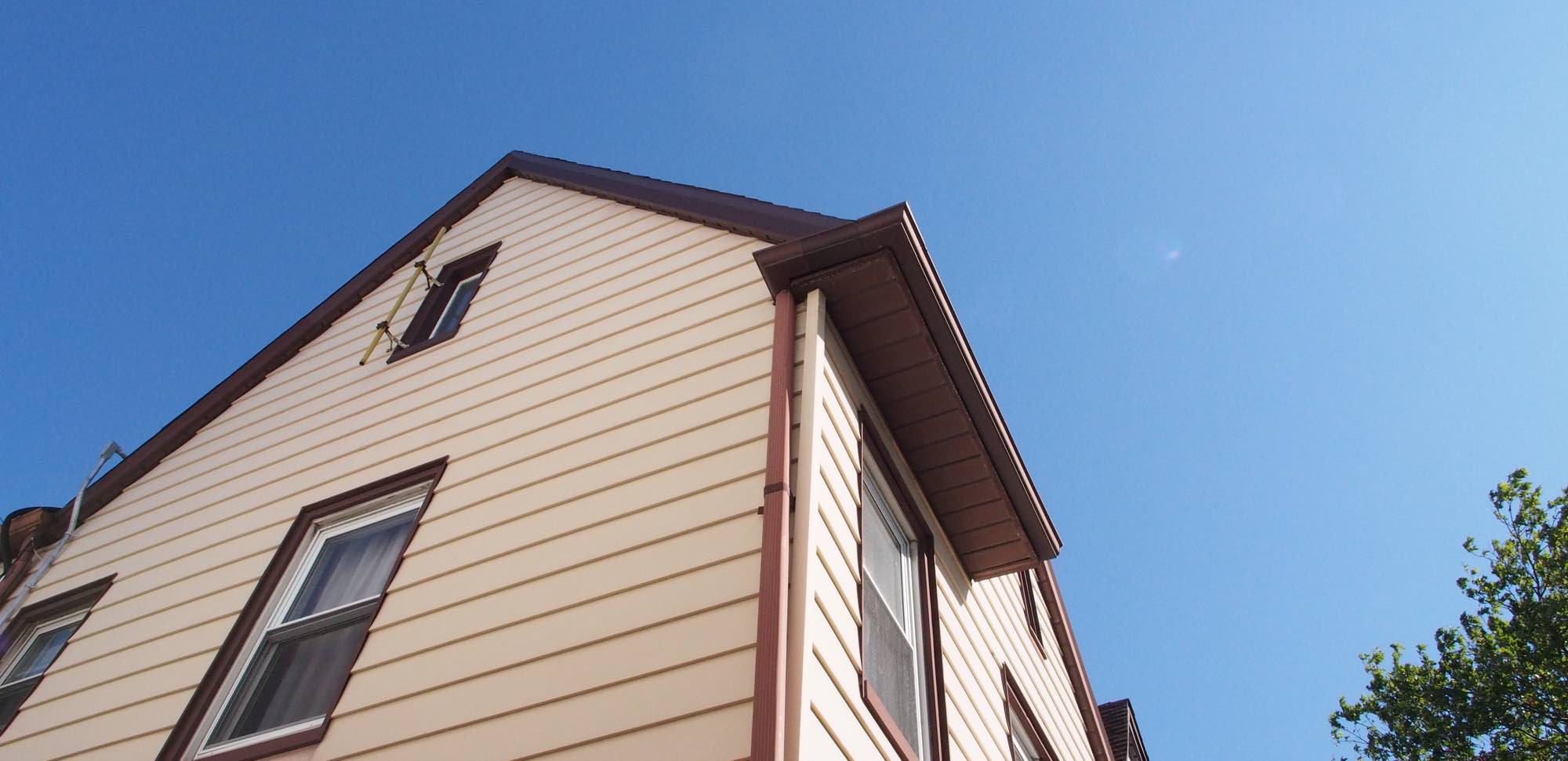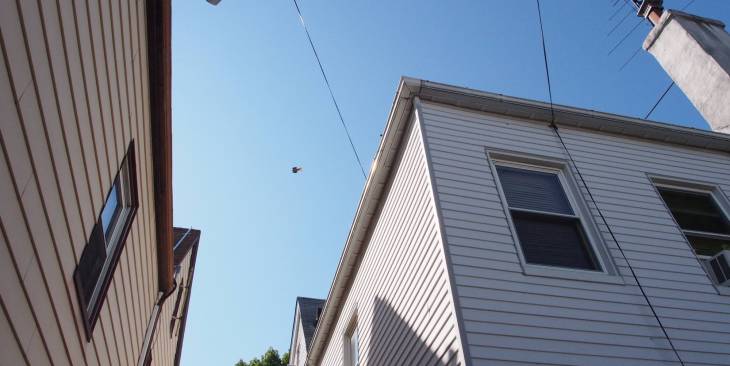It began with two birds.
Starting in April a small family of sparrows took up residence in the rain gutter outside of my bedroom window. The birds, at first, were a happy pair but over the weeks they began an insipid sort of cheeping associated with broken toys and bored children. I would wake in a daze, dream smoke clearing in my head, as they peeped on and on.
They birds were in the drain. They didn’t like the rain. So I wanted to know when it would rain and finally dash these birds from their nest. When it rained and they were quiet I was happy, for a time, but they would come back. So I wanted to know every day whether or not it would rain.
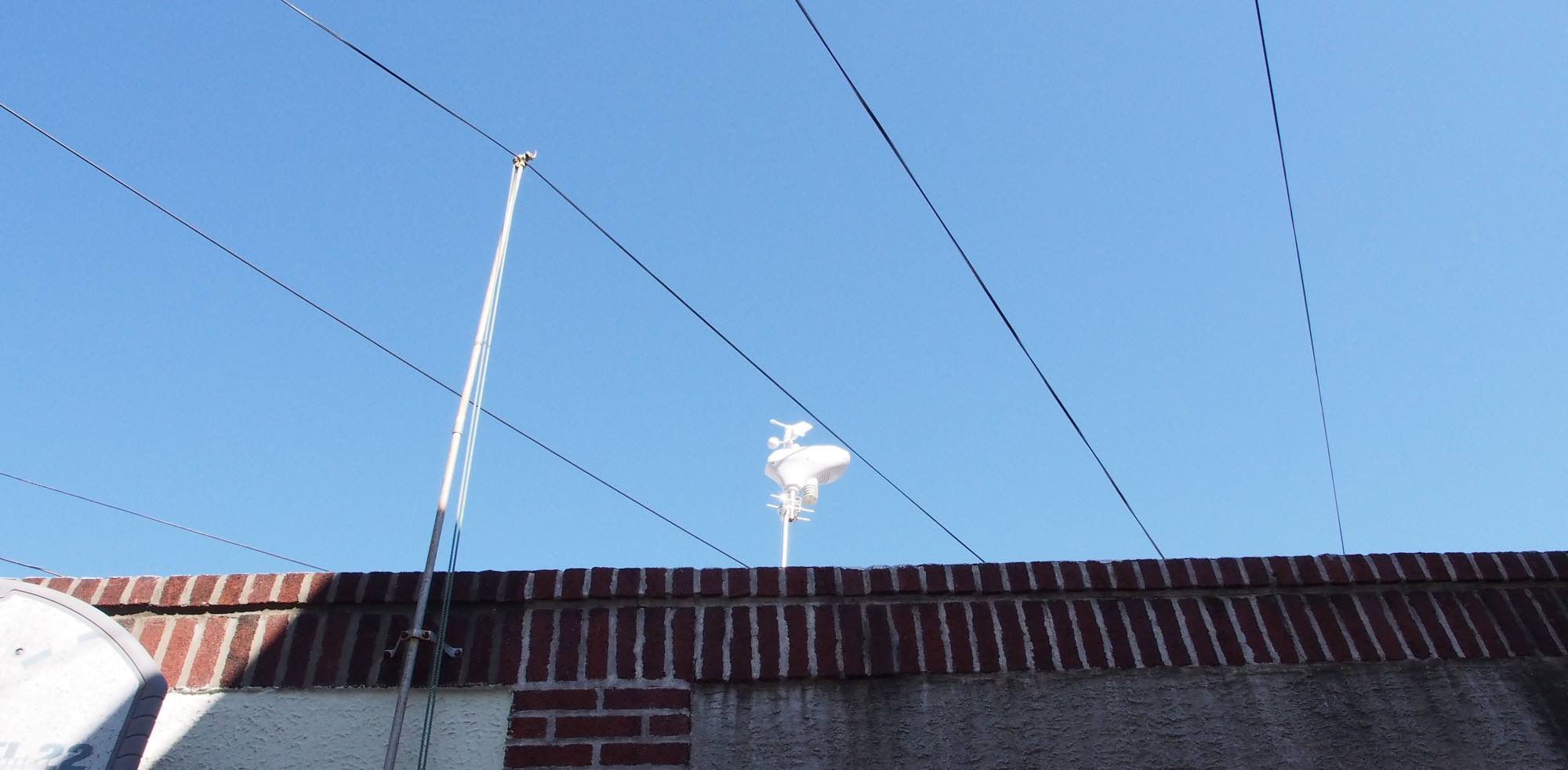
A simple task for a modern human, right?
“Check your phone,” said my wife. “Don’t bother the birds. The birds are pretty.”
The birds were not pretty. In fact they chased away the pretty birds like the bright cardinal that popped up every summer and peeped from the TV aerials.
I called for Siri.
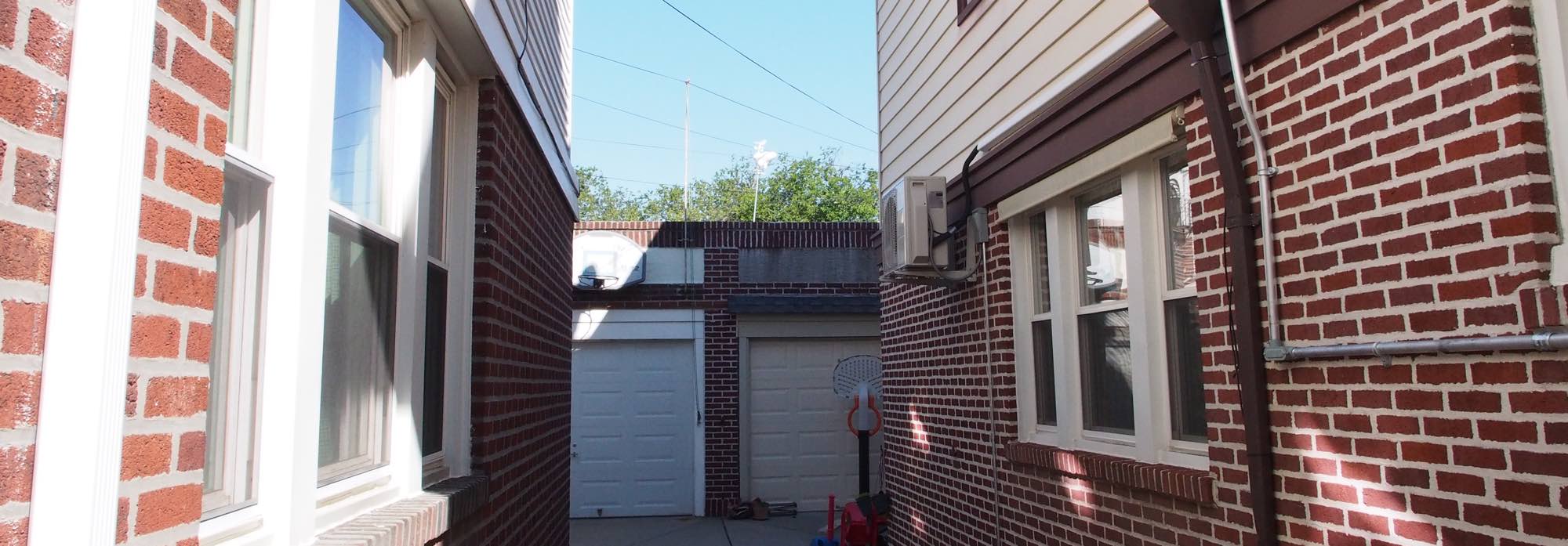
“Will it rain today?” I asked.
“There’s no rain in the forecast for today,” she said.
But that was a cop out. I didn’t want to check an app. I wanted to predict when it would rain. And, armed with this knowledge, I would be able to predict if my sleep would be interrupted by the endless breathy hoots of these birds. I wanted to be self-sufficient, a natural man against an equally natural annoyance. But I didn’t want to study meteorology.
The key, I figured, would be to install a weather station. I had seen versions of these things before. They consisted of an outdoor sensor and an indoor display. I had used one for a long while. My first “weather station” merely measured the outdoor temperature and told me daily high and low records. It died in February, before the birds came, so I wanted to get something else.
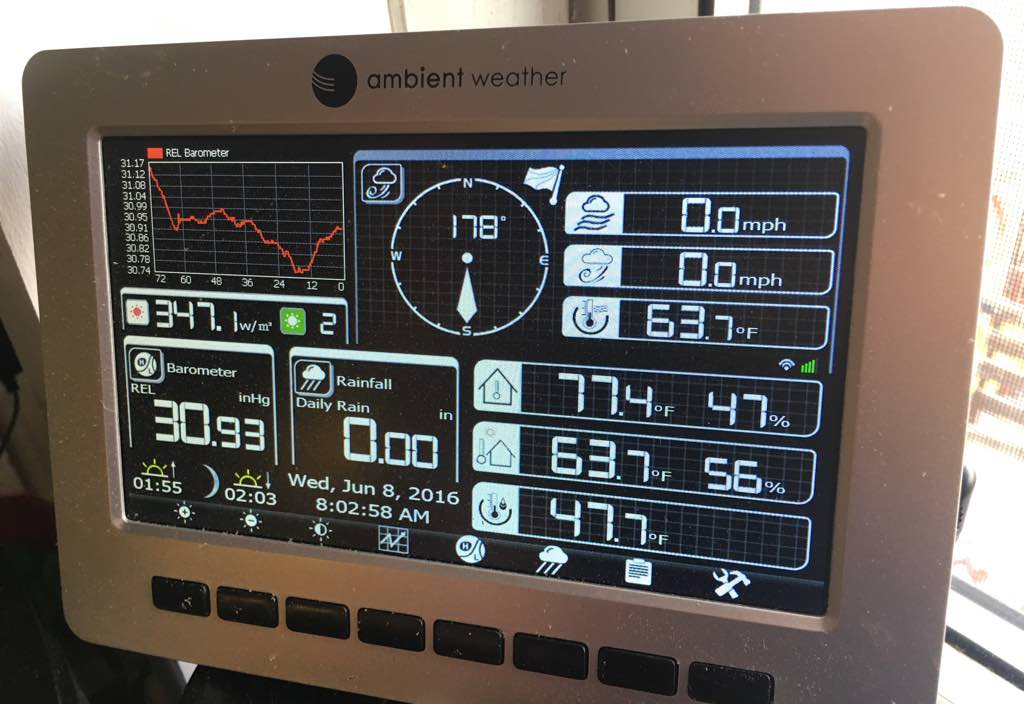
The first model I tried, the Acu-Rite 5-in-1 Color Weather Station supplied data on a “color” tablet-like screen. The color screen was a clever trick and the readouts were actually black LCD segments like you’d find on a pocket calculator. At $149 it was a good deal and could measure rainfall, barometric pressure, temperature, wind speed, and “feels like” temperatures. However it didn’t outright predict rain except, by dint of my ability to read barometric pressure (which was negligible) I was somehow able to glean rain from the trend arrow that would point down when rain was on its way.
The second model I tested was far more feature-rich. It was called the Ambient Weather WS-1001-WiFi Observer and it connected to my WiFi to send weather data to Wunderground, a popular independent weather site. The screen itself was like a small tablet and showed an amazing amount of information including a clear barometric graph. This model also had rain measurements, temperature, and humidity. Best of all it had a remote indoor thermometer so you could see how things were in the garage or basement. I figured that with this system that I was a lot closer to predicting the weather and getting rid of the birds.
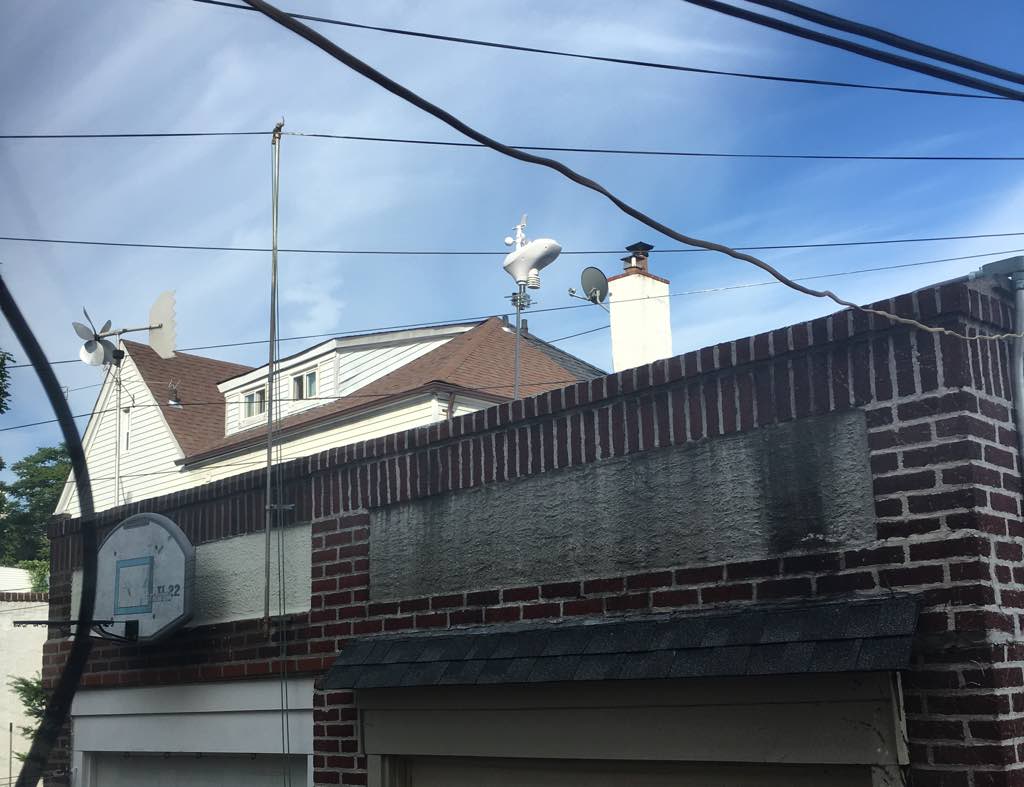
In an effort to be a good weather citizen I connected the system to the Internet and could share my weather data with a group of like-minded individuals who, instead of sharing cat videos, were now sharing weather data. I felt empowered.
Both of these models included a boat-shaped sensor array. They had small wind cups that measured wind speed and both had solar panels to help maintain power while not draining the built-in battery. Interestingly the Ambient model came with rechargeable batteries while the Acu-Rite claimed a two year battery life. When I installed the sensors my neighbor sidled up to the fence and asked what I had mounted up on the roof.
“I can see it from my bedroom,” she said. I assured her there were no cameras inside. She wasn’t so sure, but she dropped the line of questioning.
The primary issue with both of these models, however, was mounting. They need to be in a high place and the only high place we had was the roof of our small Brooklyn garage. To mount them I bought a flag holder designed to attach flat against a vertical wall. Instead, however, I simply screwed the flag holder into the roof of the garage and stuck a metal pipe my neighbor gave me into the slot. This created an acceptably rigid if precarious stand for the sensor arrays. The sensor started to tilt over time but it did not fall.
A week into my big weather predicting experiment the birds were still chirping and I was the only one who could understand (or cared about) the readouts. I could predict rain in a very general way but I was fascinated by the data I was gathering. In an era of the quantified self I had a quantified garage. The information was freeing, exciting, and had very little to do with my horrible little birds.
I was in the living room when my wife grunted in exasperation.
“Does it tell me if it’s going to rain or not, your fancy machine?” she yelled from the kitchen. She was looking at the readouts.
“I don’t know,” I yelled back.
Then, in a whisper, I called for Siri.
“Will it rain today?” I asked.
“There’s no rain in the forecast for today,” she said. I muted her.
I walked into the kitchen and pointed to the barometer.
“No rain today,” I said, triumphantly.
Outside the chirping – endless, atonal, and urgent – continued as the spring sun dried the dew from an insipid little nest in our storm drain and clear skies pushed the rain far away.
